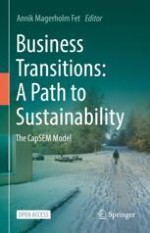19.1 Introduction
19.2 Exploring the Toolbox in the Transportation Sector
CapSEM level | Unit of study | Tool |
|---|---|---|
Process | Energy conversion, e.g., engine combustion | Input – Output analysis |
Product | Fuels, materials and chemicals | Life cycle assessment |
Operational | Route choice, speed and technology deployment | KPIs, OPIs, preference modeling |
System | Regulation and policies at regional level | SE, system analysis |
